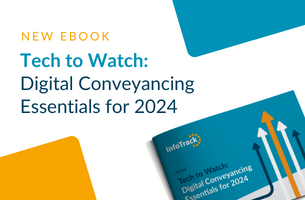Posted by Steve Rowley, business development manager at Legal Futures Associate Allianz Legal Protection
Unlike the Edwin Starr’s 1970’s song ‘War, what is it good for? Absolutely nothing’, I hope you’ll agree that the same cannot be said for ATE insurance, which continues to provide valuable protection for customers and law firms, even post LASPO.
The goal posts may have moved, but the need to ensure the client is aware of their risk exposure when bringing a claim for damages is still prevalent, whether this is for an injury claim, professional negligence or any other type of dispute where a resolution is needed.
The question now, however, is at what point in the legal journey is the client at risk, to what extent is ATE insurance provided, and how much of this risk is the law firm prepared to absorb, or is capable of absorbing.
There is no longer a ‘one shoe fits all’ approach to ATE insurance; law firms need to understand their own risk exposure, as well as that of their customers.
Insurance is all about the pooling of risk, by insuring the many to cover the losses of the few. This principle can be advantageous for a law firm, especially when considering a portfolio approach to insurance.
I’ve noticed that law firms tend to have a number of insurance arrangements, with differing ATE providers for the same case type, which leads to cover being arranged on a standalone basis.
By assessing the volume of instructions being received, law firms may be pleasantly surprised how profitable their portfolio of work could be if they were to consider insuring by portfolio. Not only could the law firm and its clients enjoy better than market average premiums, but the overarching customer proposition would also be far more compelling, with customers able to retain more of their damages and for law firms to retain a greater percentage of any success fee.
So what do I mean by insuring the portfolio? It all starts with understanding past claims experience to anticipate an ultimate claims cost position on projected new cases. This insight is then used to determine future pricing, which is bespoke and based on a firm’s risk assessment processes and experience.
A portfolio approach can be used for a combination of case types, allowing for premiums to be ‘flexed’, providing for a greater competitive advantage by supporting a firm’s growth strategy and ambition.
The value of your firm’s portfolio could be worth a lot more than you think.
For the first two blogs in this series by Allianz, click here and here.













Leave a Comment